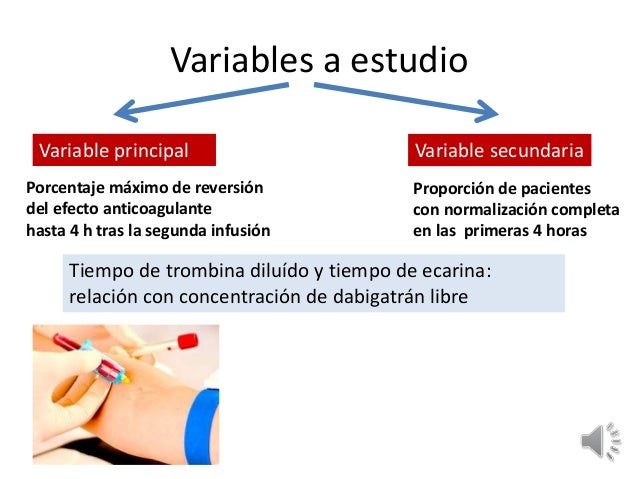

These guidelines are consistent in their recommendations for the use of specific pharmacologic reversal agents as first-line therapy for DOAC reversal in patients with major or life-threatening bleeding or an urgent need for surgery associated with a high risk of bleeding. Guidelines for the use of DOAC reversal agents have been released by authoritative organizations based on currently available clinical data. The type of DOAC, dose, time elapsed since it was last taken, and preparation requirements are practical considerations in the use of andexanet alfa. The decision to use these agents may be based on the location and severity of bleeding, urgency of surgery, and quantitative or qualitative laboratory assays for DOAC level. The specific pharmacologic reversal agents idarucizumab and andexanet alfa were developed for use in patients with or at risk for bleeding from DOACs. Various nonspecific pharmacologic interventions, such as concentrated clotting factor products, that have been used in the past to reverse the anticoagulant effects of warfarin have been used to replenish clotting factors inhibited by DOACs. General approaches that could be used to limit continued exposure to a DOAC include withholding the drug, oral administration of activated charcoal, and hemodialysis. Anticoagulation from DOACs may need to be reversed before surgery if the need for the surgery is urgent or immediate. DOAC-related bleeding is associated with substantial morbidity and mortality. However, there is a risk for bleeding during DOAC use, and this risk needs to be weighed against the risk of thrombosis in patients receiving these drugs. Direct-acting oral anticoagulants (DOACs) were developed to overcome some of the limitations of warfarin, and the use of these newer agents has increased in recent years.


 0 kommentar(er)
0 kommentar(er)
